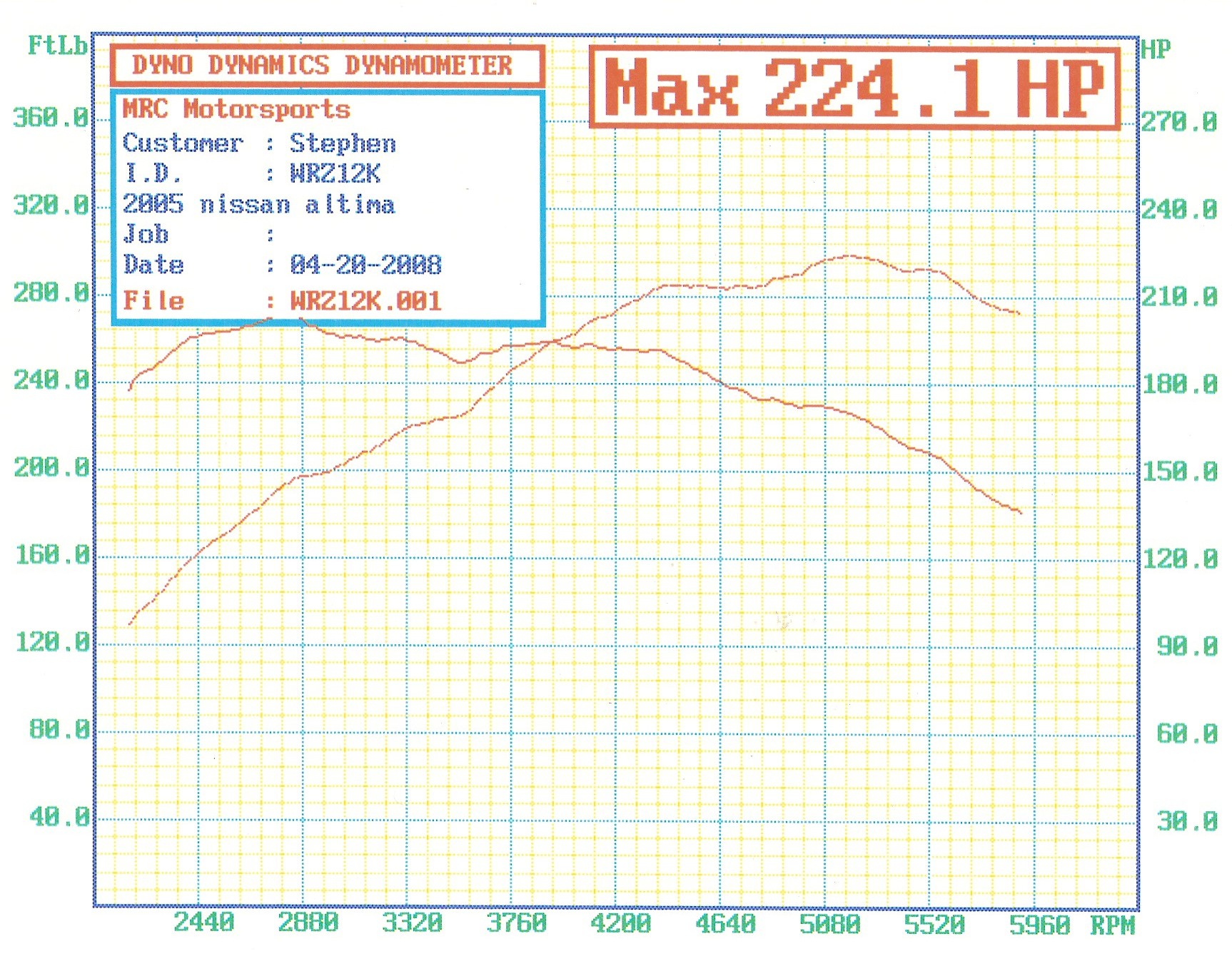
"Engine performance is strong throughout the lineup, even with the base six-cylinder." - Edmunds.The transmission shifts smoothly with alert downshifts." - Consumer Guide It feels as fast as many V8 engines, with great power at any speed. "The xDrive35d diesel enjoys direct throttle response.The EPA estimates that the base xDrive35i will get 16/23 mpg city/highway, while the more powerful xDrive50i gets about 14/20 mpg city/highway. BMW’s high-performance tuning division has squeezed an extra 155 horsepower and 50 pound-feet of torque out of the xDrive50i’s V8 powerplant for the X4 M. Reviewers say even the base engine is more than competent for most drivers, but for even more power, there is the BMW X5 M.
BMW TORQUE SPECS 3.5 MANUAL
The gas-powered engines in xDrive35i and xDrive50i models are mated to the same eight-speed automatic transmission with manual mode, while the diesel xDrive35d powerplant gets a six-speed automatic transmission with manual mode. All models come standard with xDrive, BMW’s all-wheel drive system. The xDrive50i comes with a 4.4-liter V8 engine that makes 400 horsepower and 450 pound-feet of torque. This engine makes less horsepower than the base gas-powered engine with only 265 horsepower, but it has 425 pound-feet of torque. Stepping up to the xDrive35d diesel models will get you a 3.0-liter twin-turbo inline-six that burns diesel fuel. Bump absorption is quite good, given the overall sporting intention of this SUV." - Consumer Guideīase xDrive35i models come with a 3.0-liter twin-turbo inline-six engine that makes 300 horsepower and 300 pound-feet of torque.


If a recommendation has been made, it will appear under the "Specifications" heading. While viewing the part detail page, click on the "specs" tab. To find NGK's recommended torque setting, please enter the spark plug number in the search box. Then tighten the plug as specified below: With a Torque Wrench: Screw in the spark plug finger tight until the gasket meets the cylinder head. Proper Tightening ProcedureĬlean the spark plug threads and ensure the cylinder head is clean of debris. Either of these would result in elevated combustion chamber temperatures, followed by pre-ignition and detonation. Under tightening will prevent the spark plug from being properly seated on the cylinder head, resulting in insufficient contact with the head to transfer heat. Over tightening can cause damage to the threads in the cylinder head and the threads of the spark plug, stress the spark plugs internal seal, or fracture the spark plugs insulator. It is essential to tighten a spark plug to the specified turning angle or torque setting as torque directly impacts a spark plugs ability to remove heat from the combustion chamber.


 0 kommentar(er)
0 kommentar(er)
